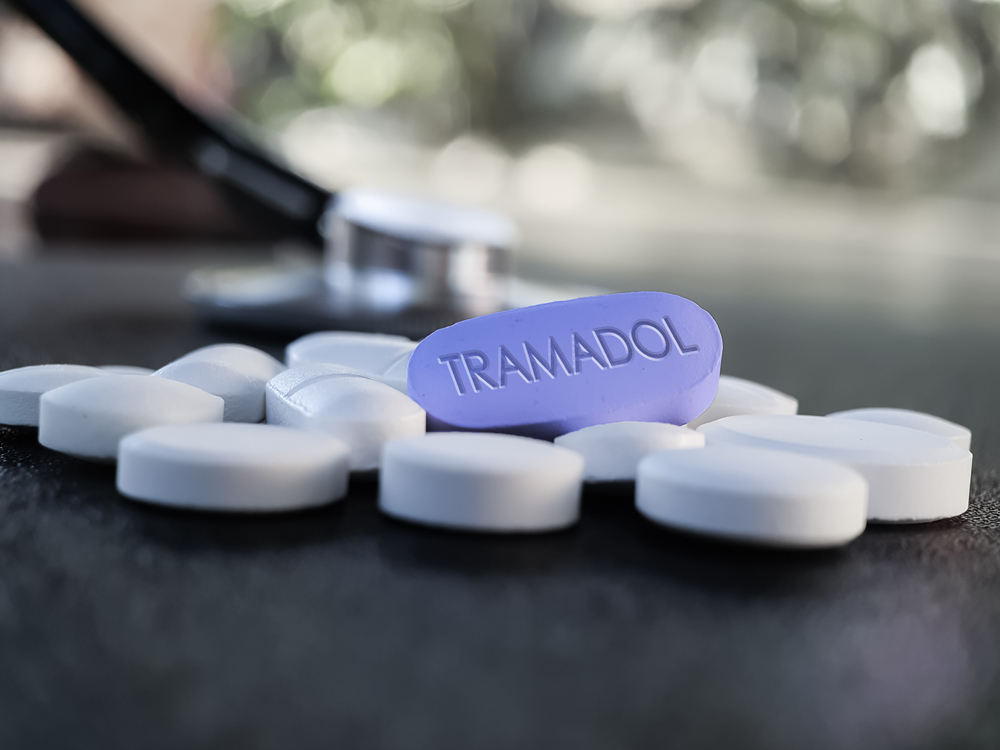Tramadol Addiction: How to Recognize the Signs and Get Help
Because of its addictive potential, tramadol has become a popular target for addicts. It has also been prescribed more heavily than some other opioid painkillers, since it has been considered non addictive in the past. Tramadol has been abused by some individuals who are unaware of its addictive potency or the hazards it poses. Those who are not well versed in tramadol should be aware of the risks and challenges of using or abusing it by understanding its actions in the body.
What is Tramadol?
Tramadol is a synthetic opioid and painkiller. Because of its chemical makeup, tramadol has many of the same qualities as other opiate or opioid drugs such as morphine, oxycodone, and fentanyl. Other components and the low opioid content of tramadol have made many medical professionals believe that it is less dangerous than traditional opioid medications. This may lead them to prescribe it to those who may be more vulnerable to its addictive potential.
Even if a prescription opioid painkiller has a low level of opiate, it may still be highly addictive and result in abuse and addiction if taken for euphoric effects outside of their medical applications. Those who have a tendency toward opioid addiction may become dependent on tramadol and exhibit the same signs of addiction as those who take stronger opioids. Tramadol is used to relieve moderate to moderately severe postoperative pain. The extended-release capsules and tablets are used to relieve chronic, ongoing pain.
Signs of Tramadol Abuse
Despite the fact that tramadol was initially designed as a less addictive opioid analgesic, tramadol abuse has become widespread. According to World Health Organization research, tramadol produces a craving response in opioid addicts similar to that produced by oxycodone. Since many individuals who became hooked on more powerful opioid drugs also became hooked on tramadol, tramadol has the potential to cause drug-seeking behavior and to cause tolerance, dependence, and addiction.
Recognizing the signs of Tramadol abuse as early as possible is crucial to preventing addiction. Tramadol abuse can result in the following signs and symptoms:
- Pinpoint pupils
- Changes in appetite
- Nausea
- vomiting
- Drowsiness
- Slurred speech
- Headaches
- Impaired coordination
Seizures are a serious risk if you take high doses of Tramadol for a long period of time. Combining Tramadol with other CNS depressants, such as antidepressants, may also increase the risk of seizures.
Dangers of Tramadol Addiction
Even when taken appropriately and under a doctor’s supervision, Tramadol users may experience nausea and vertigo, among other side effects. The drug becomes more dangerous and puts the user’s health at risk if abused. Polydrug use, which is the use of Tramadol with other substances, also increases the risk of severe and sometimes lethal side effects.
From 2005 to 2011, the Tramadol abuse or misuse accounted for more than 250 percent increase in emergency department visits, according to the Substance Abuse and Mental Health Services Administration and has increased significantly more in recent years.
Ingesting large amounts of Tramadol or mixing it with other substances can cause serious side effects. Seizures and central nervous system depression are two of the most serious side effects that occur when a person abuses Tramadol. When the central nervous system slows down to the point where the heart rate and breathing are reduced, brain damage, comas, and even death may result.
An overdose of Tramadol may cause serotonin syndrome, a condition that is life-threatening if left untreated. It occurs when excessive amounts of serotonin, a brain chemical that relays signals, are produced or remain. Tramadol and antidepressant treatment are frequently used together, and serotonin syndrome is a common result.
What to Expect During Tramadol Withdrawal
Withdrawal from tramadol can result in an extremely unpleasant discontinuation syndrome. Detoxification from tramadol might be different from that of other opioid drugs. As a novel painkiller with opioid activity as well as monoamine reuptake inhibition, tramadol withdrawal symptoms are slightly distinct from those of most opioid painkillers. Tramadol symptoms are typically indicative of opioid withdrawal and include symptoms such as flu-like symptoms. The following are some of the withdrawal symptoms associated with tramadol:
- Anxiety
- Insomnia
- Irritability
- Muscle spasms
- Depression
- Shivering
- Nausea
- Hallucinations
- Aggression
- Flu-like symptoms
- Tingling
Tramadol withdrawal symptoms, although not life-threatening, can be extremely uncomfortable and distressing and may prevent a person from getting sober. Chronic use of tramadol may result in psychiatric side effects such as anxiety, panic, and other issues. These issues might push the person to engage in dangerous behaviors.
How to Overcome Tramadol Addiction
It can be frightening to seek substance use disorder treatment, but taking such a courageous step forward towards positive life changes and lifelong recovery is worth it. Treatment programmes can be tailored to your individual needs. If you have another medical condition or co-occurring mental health condition, individualized treatment may be particularly beneficial.
Detox
Quitting tramadol instantly without medical detoxification can cause severe withdrawal symptoms. You may detox safely and comfortably from tramadol with the help of a supervised medical detox programme. Withdrawal from opioids such as tramadol is usually not life-threatening, but it may be difficult to deal with without help. Withdrawal management during early recovery has become the norm as non-pharmacologic approaches are frequently associated with unintended consequences and side effects.
Therapy
Behavioral therapies are used in conjunction with medication to treat substance use disorders. Opioid use disorders are frequently treated using a combination of behavioral and pharmacological therapies. The following therapies are some of the most common approaches used in behavioral treatment:
- Cognitive-Behavioral Therapy – It is used to learn and apply new skillsets in order to identify and alter problematic behavior patterns, developing more positive coping strategies and avoiding relapse triggers more carefully.
- Motivational Interviewing – Using motivational interviewing techniques to overcome any hesitation people may have about engaging with treatment is a common approach. CBT is sometimes supplemented with motivational enhancement.
- Family Therapy – FBT is used with substance abuse, behavioral problems, and family conflicts, in addition to working with adolescents and their families. FBT can also be used with adults, provided that another family member is present to assist the client in therapy.
Rehab
Those with significant addiction issues and mental issues may benefit from intensive rehab. These programs give a high level of care and supervision, as well as allow Tramadol users to immerse themselves in treatment without distractions or temptations.
Treatment facilities typically offer programs that last from 28 to 90 days. In the event that a person requires more than 90 days of treatment, many rehabs will lengthen the program. Rehabs usually operate under strict regulations and require their clients to adhere to a schedule.
Those with mild to moderate addictions who require less supervision are better suited for an outpatient program. Individuals who are unable to attend a residential program because of work, children, or school, for example, may also benefit from an outpatient programme. Aftercare or step-down programmes are provided for individuals who previously received intensive treatment in order to help them adjust to living in the community again while remaining clean and sober. Support is also provided during the transition out of treatment.
Rehab For Tramadol Addiction at Oasis Recovery Center
Oasis Recovery offers mental health services and individualized addiction treatment programs to those suffering from tramadol addiction or mental health issues.
Oasis Recovery was built on the personal experiences of addiction and recovery, and it offers addiction treatment services and holistic therapies in addition to compassionate and open-minded treatment. Everyone has the ability to recover from their addictions. With your participation, we will design a treatment plan to meet your needs.
Please contact us to learn more about how our treatment programs and services can assist you in overcoming your tramadol addiction. No longer do you have to battle with your addiction on your own. We’re here to assist you.












